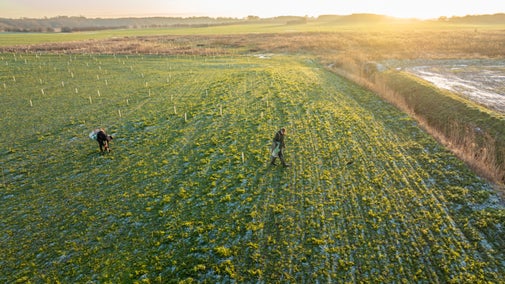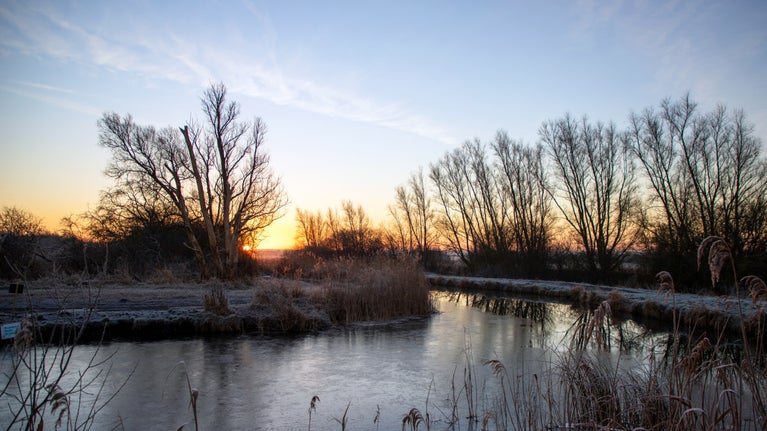
Caring for nature
Learn about our work on nature, climate and sustainability, and find out what you can do to make a difference.
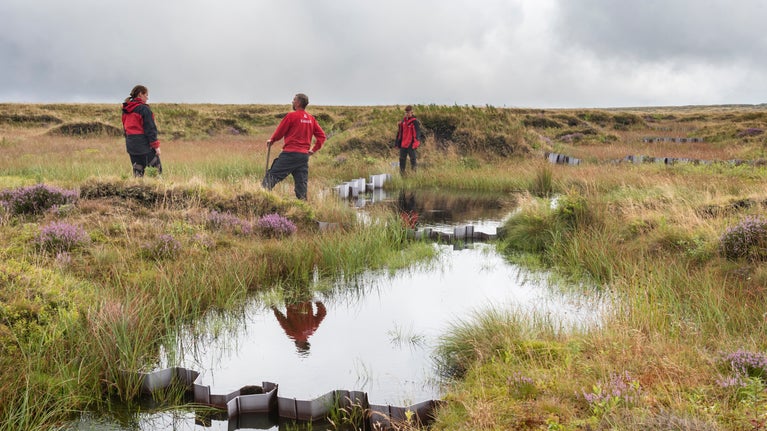
For 130 years, we’ve cared for some of the UK’s most cherished landscapes and historic sites – but climate change is putting them at risk. In line with our new strategy, ‘People and nature thriving’, our Climate Action Transition Plan sets out our ambitions and how we will achieve them.
Our early work suggests that 100% of the places we care for are at risk of one or more climate hazards, from chronic impacts such as weathering and storm erosion, to more frequent extreme events like flooding, droughts and wildfires. At the same time, climate change is also reshaping how we work, driving up energy and supply-chain costs and influencing how we welcome visitors.
As Europe’s largest conservation charity, we view it as our duty to take action to protect the sites in our care and to reduce our own emissions.
A transition plan sets out how a business will adapt its operations, assets and overall strategy to meet science-based climate goals.
As a charity, we're not required to produce a transition plan – but we choose to. By following climate science, we want to demonstrate leadership, accountability and our commitment to protecting people and places.
With the right action now, we can play our part in the UK’s climate transition and protect the places we care for.
Our climate action commitments:
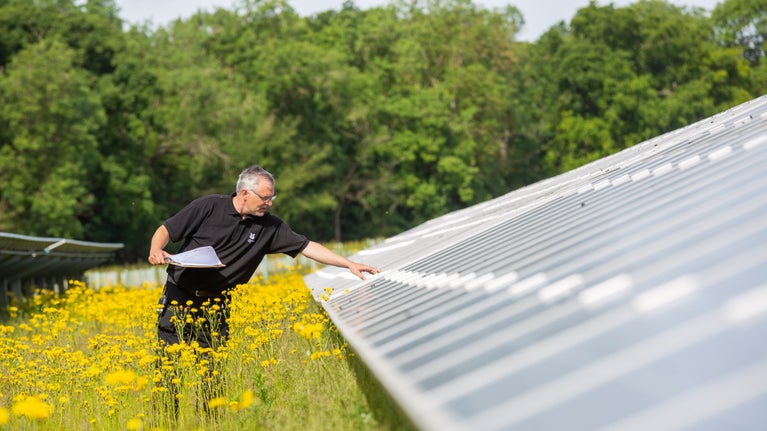
We’re transforming the way we work across five key areas:
By planting 20 million trees, restoring peatlands and expanding nature-based solutions, we’re capturing carbon while helping wildlife to thrive. We’re also working closely with our partners and tenant farmers to transition to sustainable agriculture, reduce emissions and enhance biodiversity.
We’re reducing emissions from over 500 historic buildings by improving energy efficiency, installing more renewable energy schemes and reducing reliance on fossil fuels for heating and operations.
We’re aligning our financial decisions with climate goals, ensuring that our investment portfolio actively supports sustainability and does not contribute to high-carbon industries.
We’re cutting emissions across our retail, food and holiday businesses while maintaining excellent visitor experiences. This includes transitioning to electric outdoor machinery, sourcing more sustainable products and reducing waste.
We’re electrifying our vehicle fleet, enhancing public and active travel options for visitors and staff and working to reduce emissions from commuting and business travel.
Achieving net zero by 2030 and helping nature recover will take collective effort. Meaningful action depends on collaboration with our partners who share our ambitions. By working together, we can help people and nature thrive for generations to come.
‘When we say for everyone, for ever – we feel it deeply. Climate change is critically relevant to our mission, and will be a defining challenge in the coming decades and centuries.’
We’re tackling the causes of climate change by reducing emissions, capturing and storing carbon on the land we look after and advocating for Government to adopt policies that will help us all look after the places you love to visit.
Some of our recent key achievements include:
Across the National Trust, we’re already tackling climate change. Here are just a few examples of how we’re putting our ambitions into practice.
Our journey to net zero is well underway, built on decades of environmental and climate action. But we know the path ahead will be hard, and we’ll need to learn, adapt and lead boldly. Climate science, policy, and technology will keep evolving, and so will we. We'll regularly review and refine our Transition Plan, making sure it remains ambitious, science-led and effective.
Most importantly, we will continue to act – working with our staff and volunteers, partners and communities to drive change that really means something. Together, we can protect the landscapes, historic places and wildlife we all cherish. By acting now, we can help shape a future where nature and people thrive for generations to come.

Learn about our work on nature, climate and sustainability, and find out what you can do to make a difference.
Read about our strategy, which focuses on restoring nature, ending unequal access and inspiring more people.
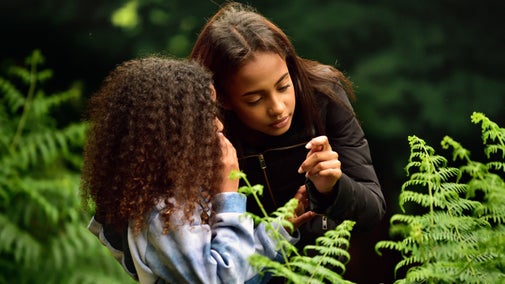
The climate crisis can be overwhelming, but small actions can help make big changes. Find out how you can play your part with ideas from planting trees to going peat-free.

Our report, A Climate for Change: Adaptation and the National Trust, reveals how we’re tackling causes and effects of climate change and identifying future hazards. From protecting and planting trees to working with coastal communities, helping people, heritage and nature adapt to a changing climate is at the heart of everything we do.
